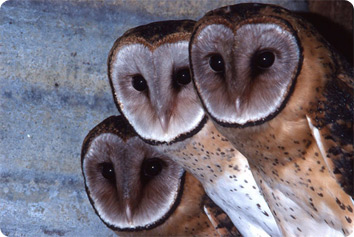Tasmania's Gift to Life

A family of mountain Wallabies rests in the day's warmth, stretched out on large hot boulders along the riverbed. A small herd of Deer have come down to lap at the clear flowing water, and to graze upon the green grasses. Snakes are swimming in the freezing mountain waters flowing in from the Ben Lomond Ski Resort. They are territorial, and it is unusual for other snakes to encroach upon another's territory.
A mob of Kangaroos have congregated on the other side of the river, at the base of a steep mountain. The warm stones and pebbles of the riverbed crackle and crunch under their weight. A small Joey, not long out of the pouch, slides down into the water. Using his powerful back legs, he swims around the small pool created by many floods. A shift of boulders provided a very deep well. The water is blue, clear and in that pool, the bottom cannot be seen or reached. The river flows in and around it as the water breaks into smaller water points before joining together again further downstream.
Just off to the right is a small echidna using its long beak-like, brown snout to lift rocks and clumps of grass in search of another tasty ant’s nest. Its favourite being the Tasmanian Jumping Jacks. He must have found a lovely patch because he begins to drive his snout in at an odd angle. As he digs down deep, he tosses the fresh dirt into the air Each time he pulls his snout out. He then devours the contents of the large ants nest he discovered; its opening partially hidden by a flat granite rock. The local eagle’s prey on the wild ducks, grasping them in their talons, carrying them away for a full and hearty meal, leaving visibly shaken animals in their wake.
When the sun begins its descent below the mountain line, a sudden movement from within the bushes surrounding the pool collapses the bank of the river, frightening the deer. As they flee back into the bush, a large duck-billed platypus crawls out from the riverbank. She swims out into the pool, followed by her mate. Diving under the water, both seek the freshwater crayfish, maybe some dragonflies, trout eggs and tadpoles for their dinner. It must be mating season because there can only be two platypuses together during mating season.
After fossicking for their meal, they then mate before continuing their search for more food. It’s the end of June and her mate will soon leave. The female platypus will lay her eggs in a burrow she has dug specifically for that reason.
The male platypus is not allowed in her burrow, and the eggs will take just twenty-one days to gestate.
With the sun almost set most of the daytime critters, those who share the river's bounty move on, only to be replaced by a wombat with her baby’s head protruding out through her back legs. She takes a step, then grazes and when she stops her baby will also graze. A Tasmanian masked owl lands on a branch in one of the trees around the waterhole. Her babies can be heard chirping across the darkening sky as she seeks out field mice for their dinner, their favourite being field mice who also swim and drink at the waterhole. Possum’s screech and Devils scream, while brown and white spotted quoll’s growl. The sounds of night heralding a new moon.
With the dwindling rays of a setting sun finally disappearing behind the mountain ranges, night comes alive. With most of the larger animals being all tucked up for the night, the smaller night feeders make the river work hard for its grasses. They float in the waters and all manner of insect are drawn to their coats. All the animals from the biggest to the smallest maintain life.
It’s life that keeps this planet turning, from the animal’s, the insects to the tiniest microbial bacterium, Earth survives because they live. Trout oxygenate the waters, providing infinitesimal water creatures with continuing environs, so they too can survive.
This short tale may seem like a short story about the different creatures of Tasmania, but it is not. It is a story about life. It is meant to inform us that without it, without even the tiniest of microbes, the greatest of us would not survive. This is Tasmania’s gift to life.